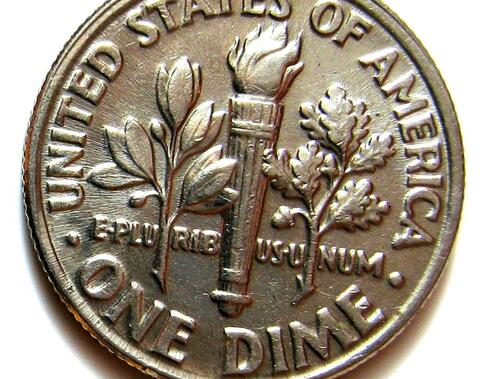Like the Jeopardy! game show, green energy subsidies have been Congress’ answer to every energy policy question. The first OPEC oil embargo of 1973-74 catalyzed decades of energy policy, including the formation of the Department of Energy. Wind, solar, and hydropower subsidies began in earnest with the Public Utilities Regulatory Policy Act of 1978. Similarly, subsidies for corn-based ethanol were enacted as part of the National Energy Conservation Policy Act of 1978. Both were designed to reduce the country’s dependence on Middle East oil.
The PURPA subsidies set off a race by independent developers to construct small generating plants whose output electric utilities were required to purchase at administratively set prices. In some cases, the subsidies were independent of how much electricity the plants actually produced, creating the moniker “PURPA machines,” because their real purpose was to extract subsidies; producing electricity was secondary.
The Energy Policy Act of 1992 modified those subsidies, creating a “temporary” production tax credit for wind power and certain types of biomass generation. Congress also enacted an Investment Tax Credit, initially for solar energy, but later extended to all renewables, which could choose between the ITC and the PTC. Although the PTC was supposed to expire in 1999, it has been repeatedly extended and expanded, most recently in the Inflation Reduction Act. The PTC now includes all zero-emissions generation, including new nuclear plants. Under the IRA, the ITC has been increased, with qualifying green energy investments able to claim a credit of as much as 60% of their construction cost.
Moreover, the IRA extends the PTC and ITC until greenhouse gas emissions from electric generation fall to just 25% of their 2005 levels, after which they will be decreased gradually. According to the U.S. Energy Information Administration, the expected date for reaching that goal is 2048.
The IRA also provides subsidies for “green” hydrogen, that is, hydrogen produced from emissions-free electricity, battery storage facilities, and facilities that capture carbon and bury it underground. […]
— Read More: www.zerohedge.com



